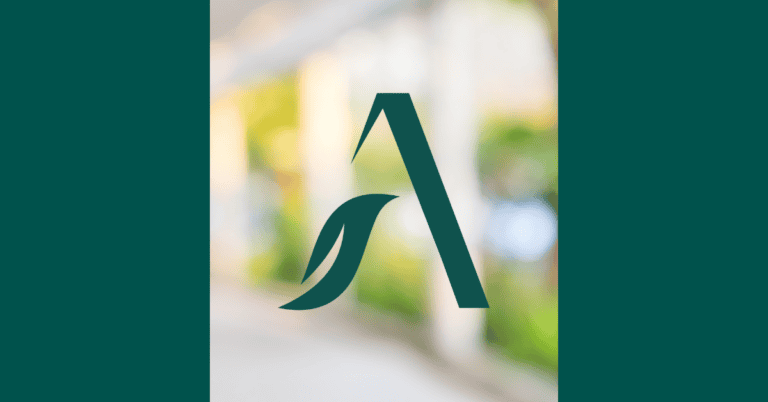Please provide your information and submit this form. Our team will be in touch with you shortly.

The Setting Every Community Up for Retirement Enhancement (SECURE) Act was first signed into law in 2019 by President Trump. The most sweeping change to retirement accounts and other tax-favored accounts in years, the SECURE Act incentivized retirement planning, made it easier and less expensive for employers to offer retirement plans, and made several other major alterations in the laws governing retirement plans. Then, in December 2022, President Biden signed SECURE 2.0, which took some of the provisions of the original act even further. For example, SECURE 2.0 allows employers to match contributions to tax-favored plans like 401(k)s, 403(b)s, and SIMPLE IRAs based on student loan repayments made by an employee. The idea is to eliminate the need for an employee to choose between saving for retirement and getting rid of education loans; utilizing this provision of SECURE 2.0, both things can happen at once.
For many parents and grandparents, however, one of the most interesting education-related provisions of SECURE 2.0 involves 529 plans, the tax-favored plans used by many to pay for higher education costs. For years now, parents and grandparents have been funding 529 plans, which offer non-taxed growth within the account and no tax on funds withdrawn to pay qualified education expenses (which can also include tuition and other costs for private K–12 schools, in addition to college expenses). Each state administers its own plan, and if funds remain in a plan after the student graduates, the beneficiary can be changed to provide for a younger sibling or other relative who may be just entering college.
But SECURE 2.0 offers a new wrinkle. This new legislation permits the owner of a 529 plan to roll funds into a Roth IRA owned by the beneficiary of the 529 plan. In this way, funds that are no longer needed for education expenses can be converted into a retirement nest egg for a young person who has graduated from college and is entering a professional career.
There are some limitations, however. First of all, the 529 plan must be at least 15 years old. The owner of the Roth account must have earned income equal to the amount of the rollover. Also, total lifetime rollovers to the Roth account are limited to $35,000. And finally, rollovers in any given year cannot exceed the allowable contribution limit for a Roth IRA ($6,500 in 2023).
As with the 529 plan, earnings and growth within the Roth IRA are not taxed, and the owner can make withdrawals in retirement that are not taxed as current income. Roth IRAs can also be tapped without penalty for certain other uses, such as paying for a first home (limited to $10,000 in withdrawals) or even covering qualified education costs—although withdrawing account earnings for these purposes may create taxable income if the account is less than five years old.
With the ability to convert 529 funds to a Roth IRA, parents and grandparents have even more ways to help the next generation prepare for a secure future. For example, an account opened for a very young child can easily pass the 15-year mark by the time the child enters college. When the child graduates, any unused funds in the plan can then be converted to a Roth IRA (up to the $35,000 lifetime maximum and based on the new graduate’s annual earned income), preserving its ability to grow without taxation and providing a solid foundation for future retirement savings.
At Aspen Wealth Management, we help parents and grandparents establish solid financial strategies to benefit the next generation. To learn more, visit our website to request a free, no-obligation consultation.
The opinions voiced in this material are for general information only and are not intended to provide specific advice or recommendations for any individual.
This information has been derived from sources believed to be accurate and is intended merely for educational purposes, not as advice.